Nvidia played a central role in last year's AI boom with its expensive server graphics processing units (GPUs), including the H100. They are essential for training and deploying generative AI like OpenAI's ChatGPT.
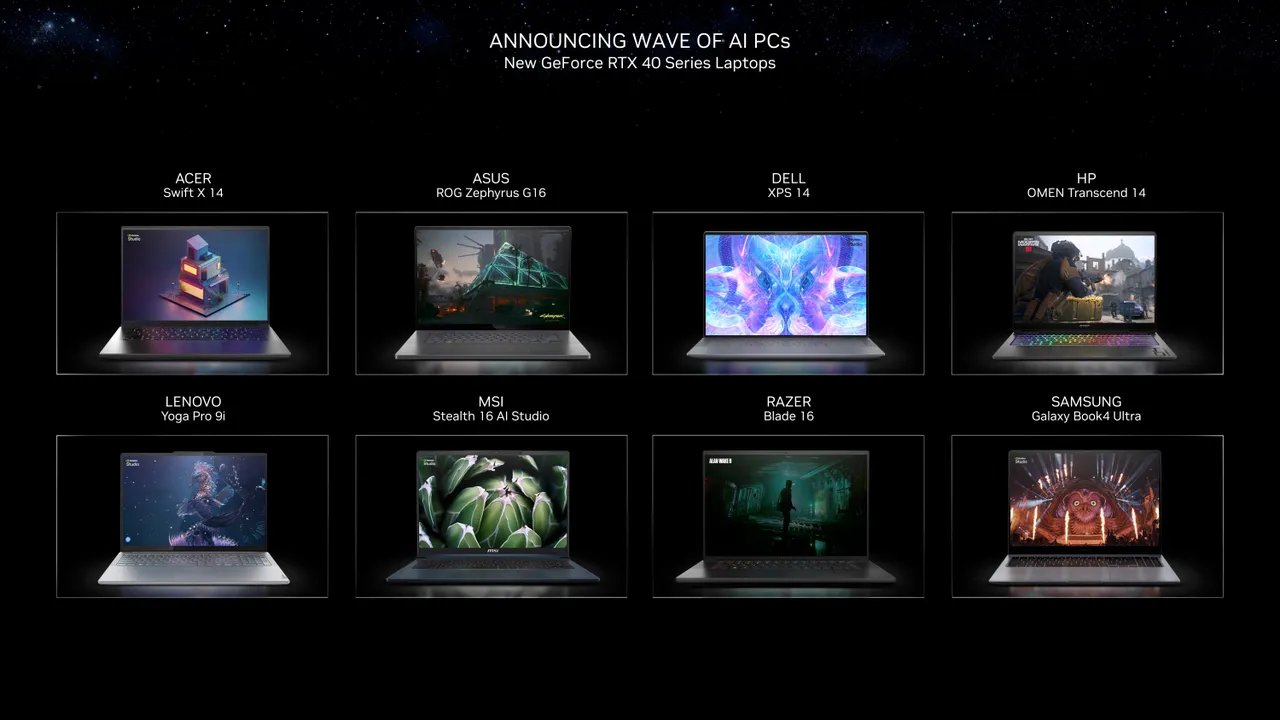
Nvidia is continuing to show its strength in the consumer GPU segment by announcing three new graphics cards at CES 2024: the RTX 4060 Super, RTX 4070 Ti Super, and RTX 4080 Super, priced from $599 to $999. They feature additional “tensor cores,” designed to run generative AI applications. In addition, Nvidia also supplies graphics cards in laptops from Acer, Dell, Lenovo, etc.
Demand for Nvidia's enterprise GPUs — which cost tens of thousands of dollars per chip and are typically used in systems of eight GPUs — has helped the company record strong sales, lifting its market capitalization to more than $1 trillion.
GPUs for PCs have long been Nvidia’s moneymaker, used to play video games. But the company says this year’s graphics cards are getting a makeover and are geared toward running AI models without sending information back to the cloud. For example, the RTX 4080 chip can generate AI videos 150% faster than its predecessor. Other software improvements make processing large language models five times faster.
Justin Walker, senior director of product management at Nvidia, said the company has sold 100 million RTX GPUs. Nvidia hopes AI applications coming next year will take advantage of the new GPUs. Microsoft is set to announce Windows 12, the next version of Windows, later this year.
Nvidia’s new chip could be used to create images in Adobe Photoshop’s Firefly tool or remove backgrounds during video calls. Nvidia is also developing tools for game developers to integrate generative AI into their titles.
The chips show that while Nvidia remains most committed to server GPUs, it will compete with Intel, AMD, and Qualcomm in the local AI space. All three rivals have announced new chips for use in “AI PCs,” according to CNBC. The tech industry is figuring out how best to implement generative AI, which requires massive computing power and is expensive to run in the cloud.
One technical solution being promoted by Microsoft and Nvidia’s rivals is called “AI PC,” or sometimes called “edge compute.” Instead of using powerful supercomputers over the Internet, the device would have more powerful AI chips inside and could run large language models or creative imaging applications, but with some flaws.
The new graphics cards will comply with US export restrictions and can be sold to China, providing an alternative for Chinese researchers and companies that cannot afford Nvidia's most powerful server GPUs.
(According to CNBC)
Source


![[Photo] Children's smiles - hope after the earthquake disaster in Myanmar](https://vstatic.vietnam.vn/vietnam/resource/IMAGE/2025/4/14/9fc59328310d43839c4d369d08421cf3)
![[Photo] General Secretary To Lam chairs the third meeting to review the implementation of Resolution No. 18-NQ/TW](https://vstatic.vietnam.vn/vietnam/resource/IMAGE/2025/4/14/10f646e55e8e4f3b8c9ae2e35705481d)
![[Photo] Touching images recreated at the program "Resources for Victory"](https://vstatic.vietnam.vn/vietnam/resource/IMAGE/2025/4/14/99863147ad274f01a9b208519ebc0dd2)

![[Photo] Opening of the 44th session of the National Assembly Standing Committee](https://vstatic.vietnam.vn/vietnam/resource/IMAGE/2025/4/14/03a1687d4f584352a4b7aa6aa0f73792)

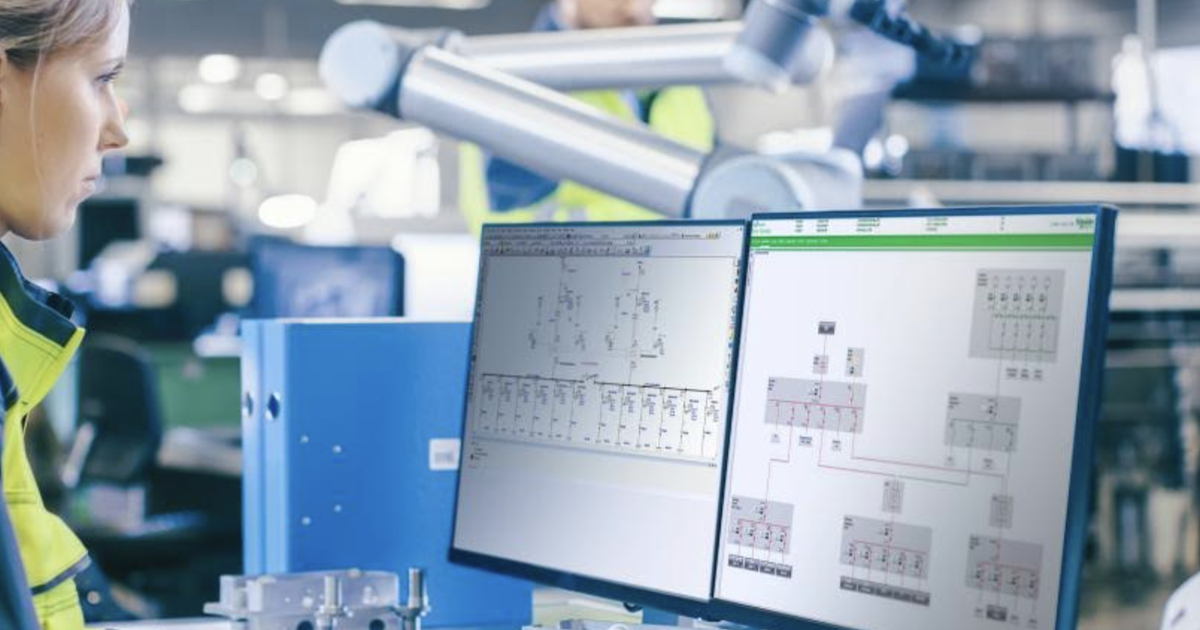

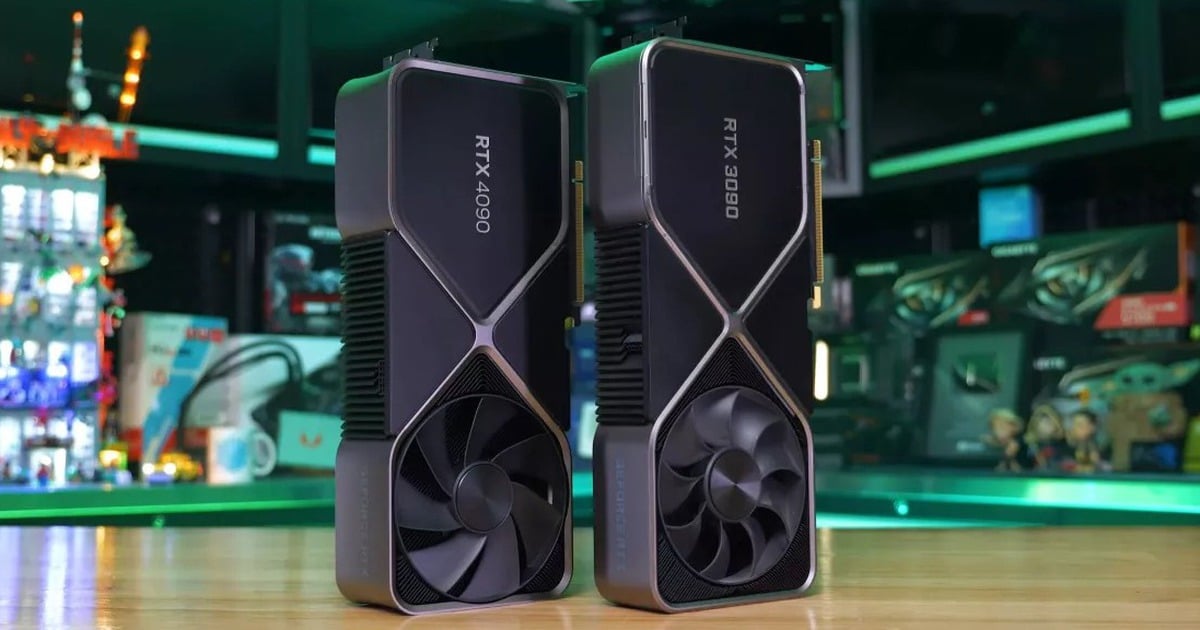

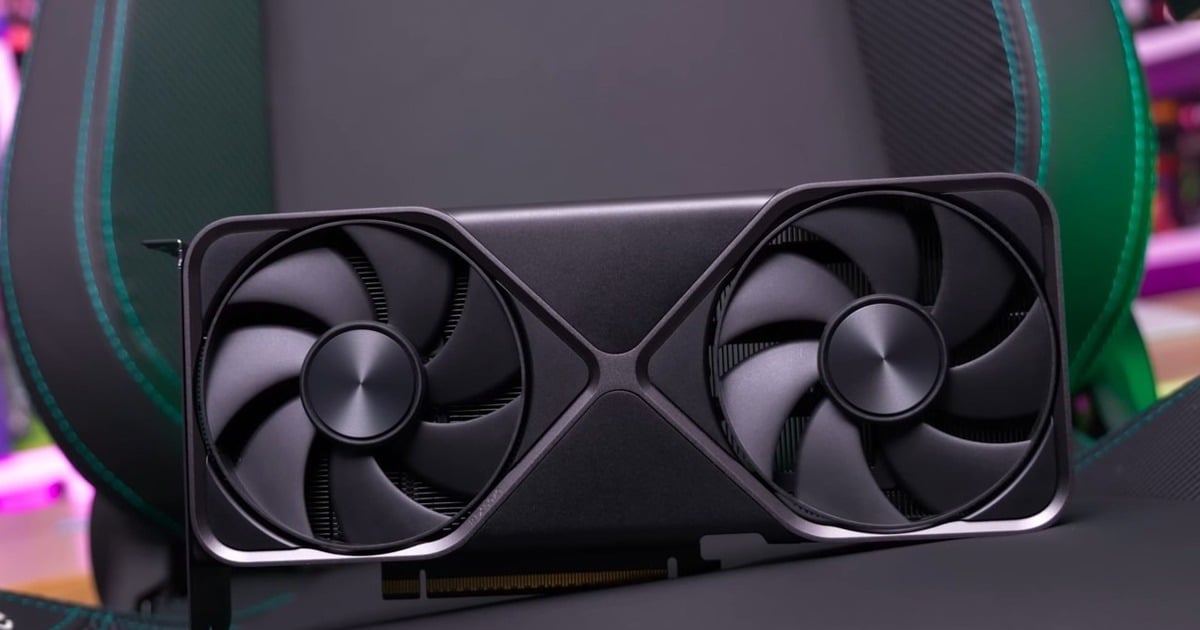
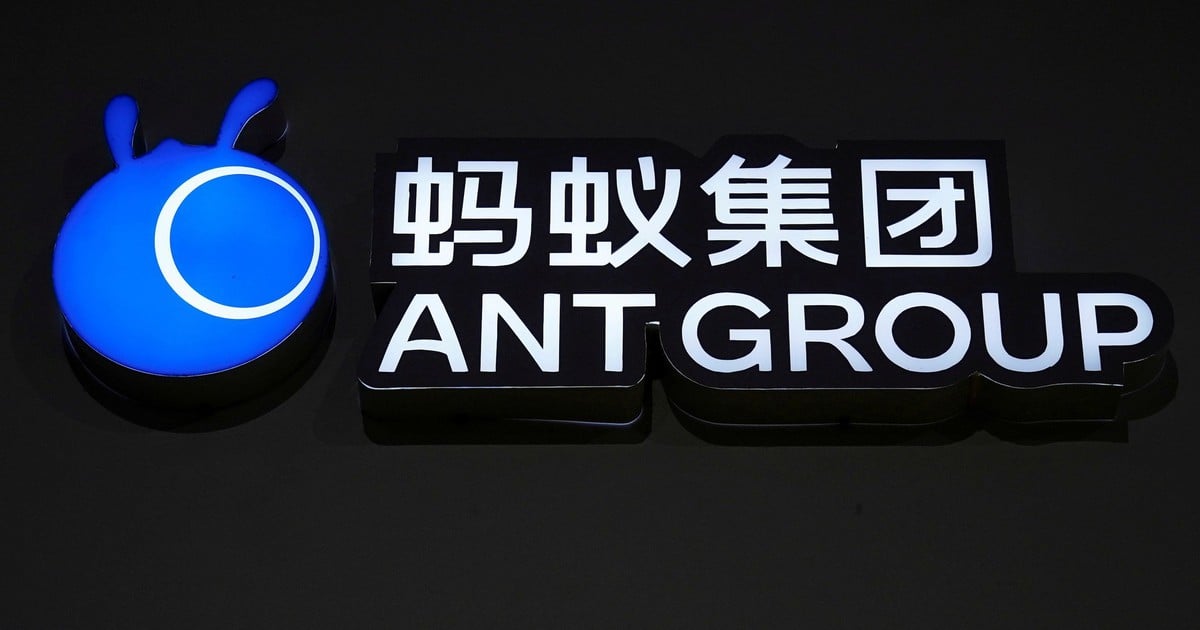
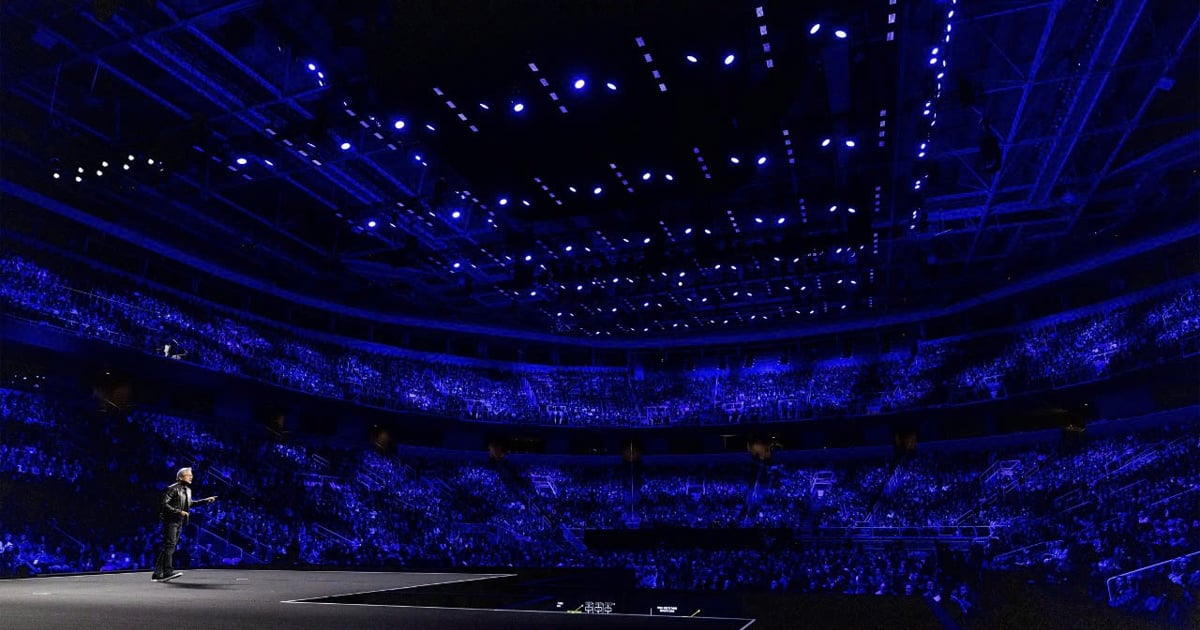


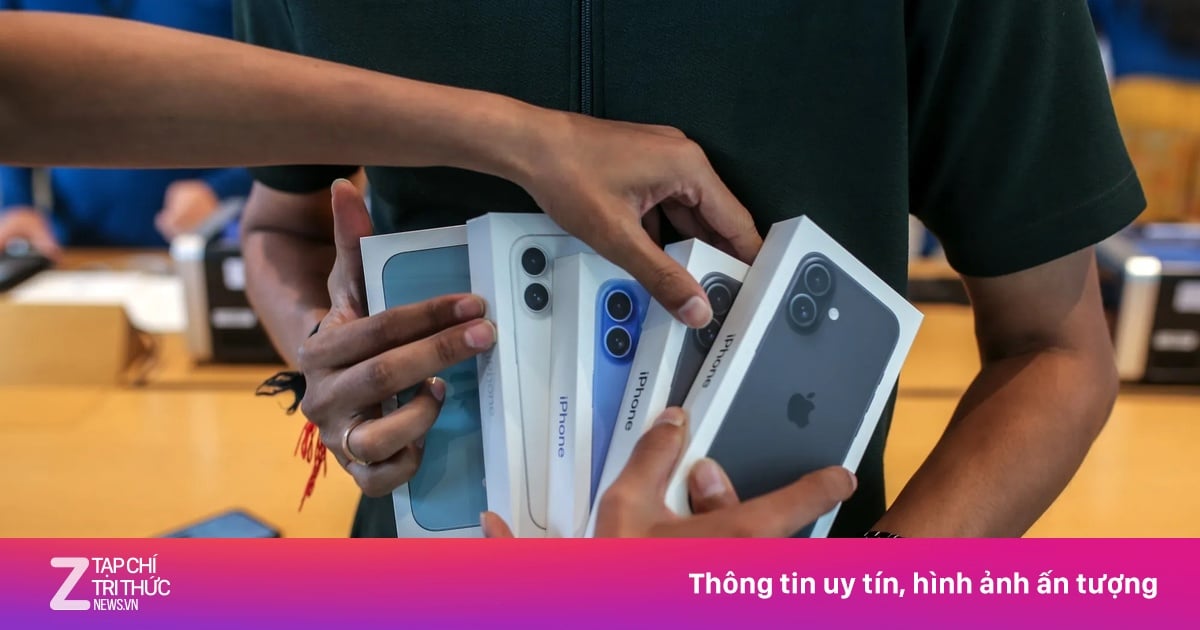
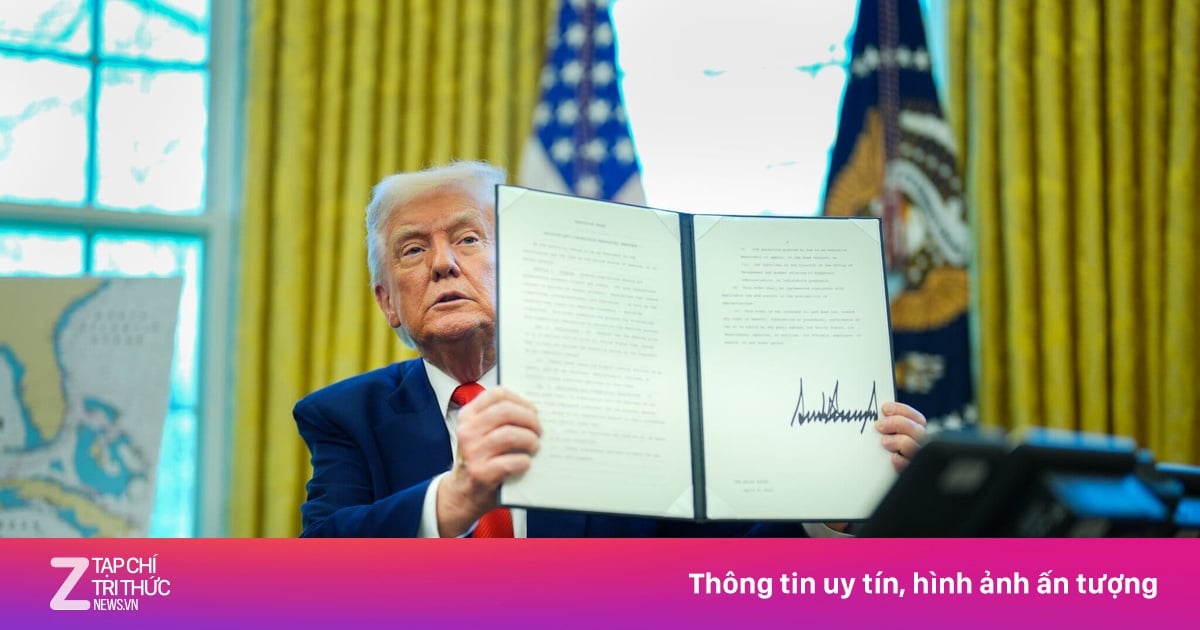
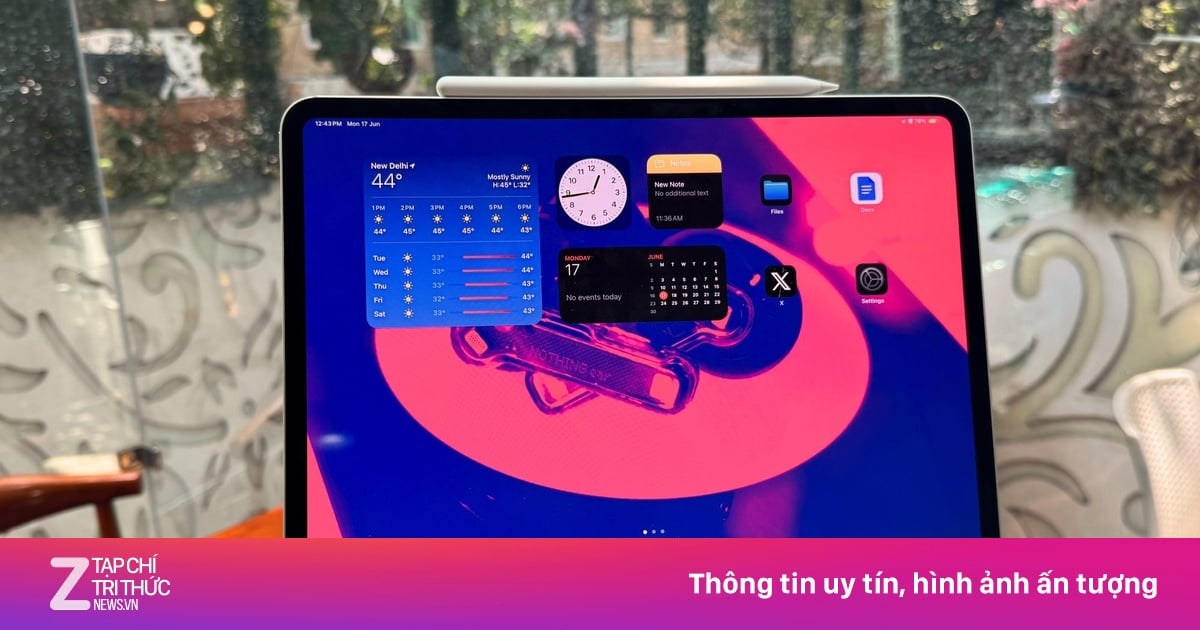









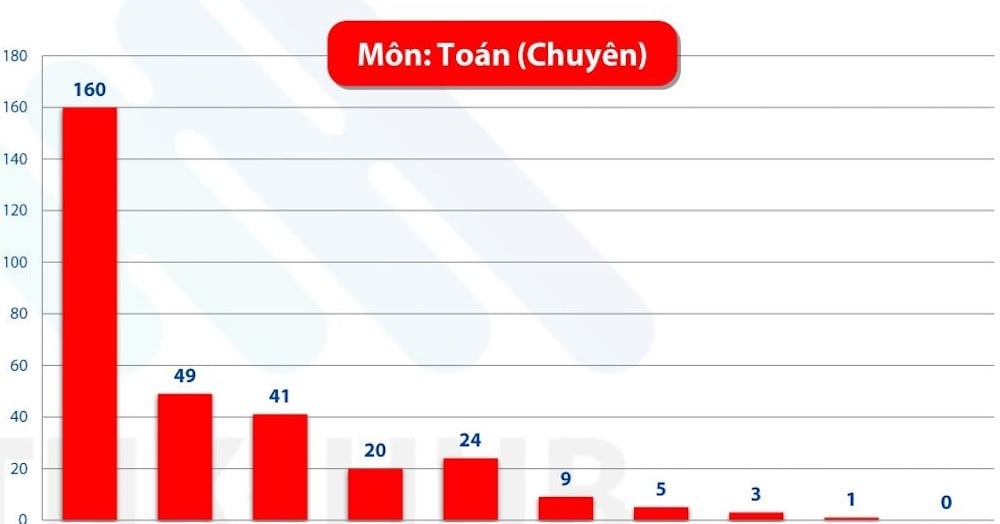




















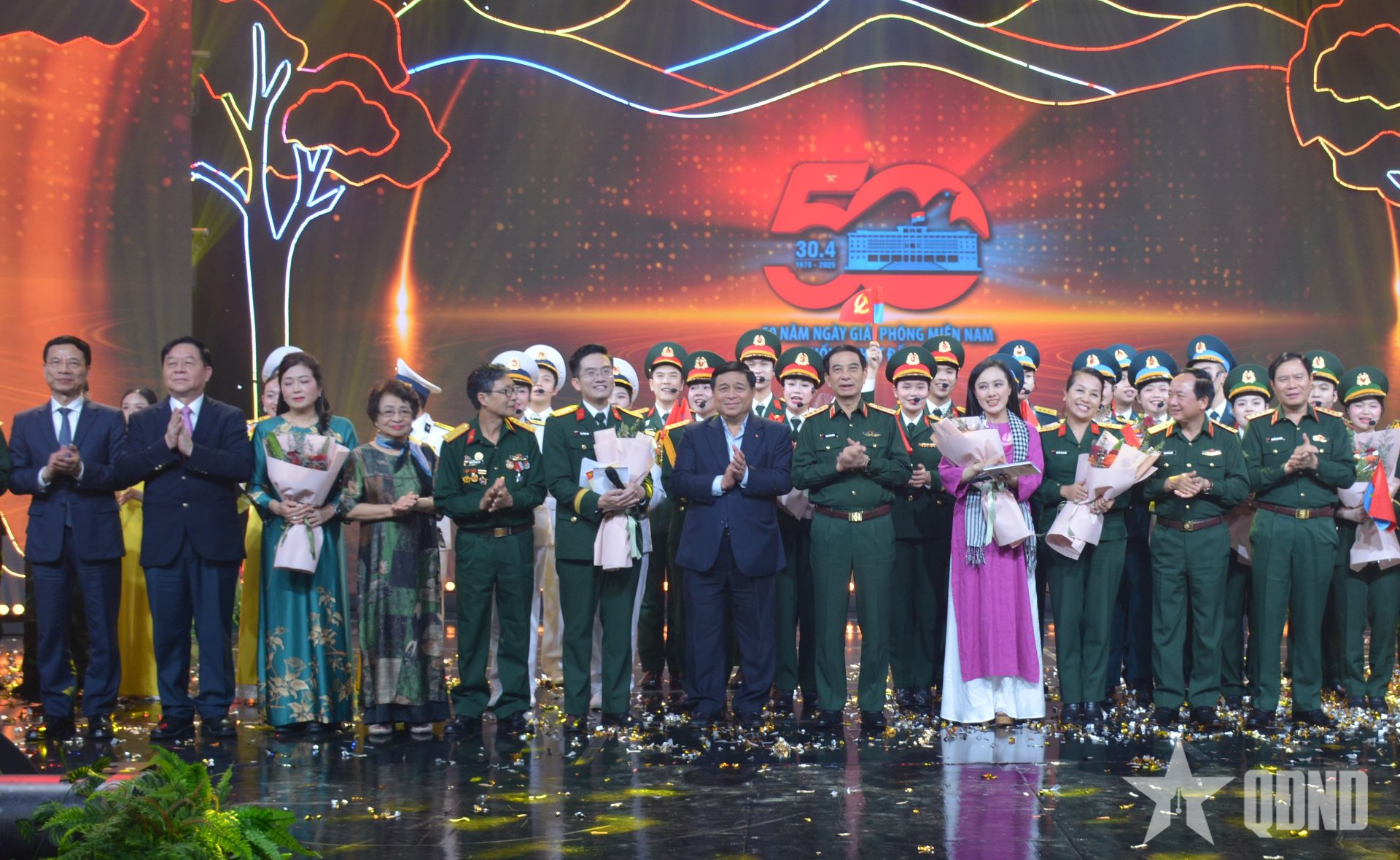











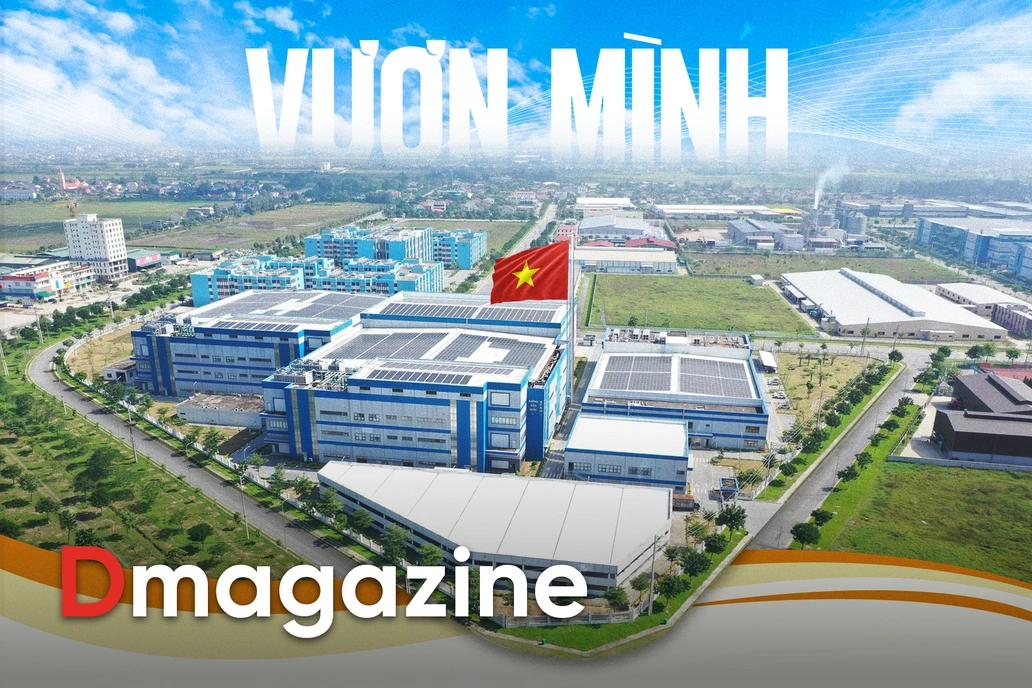

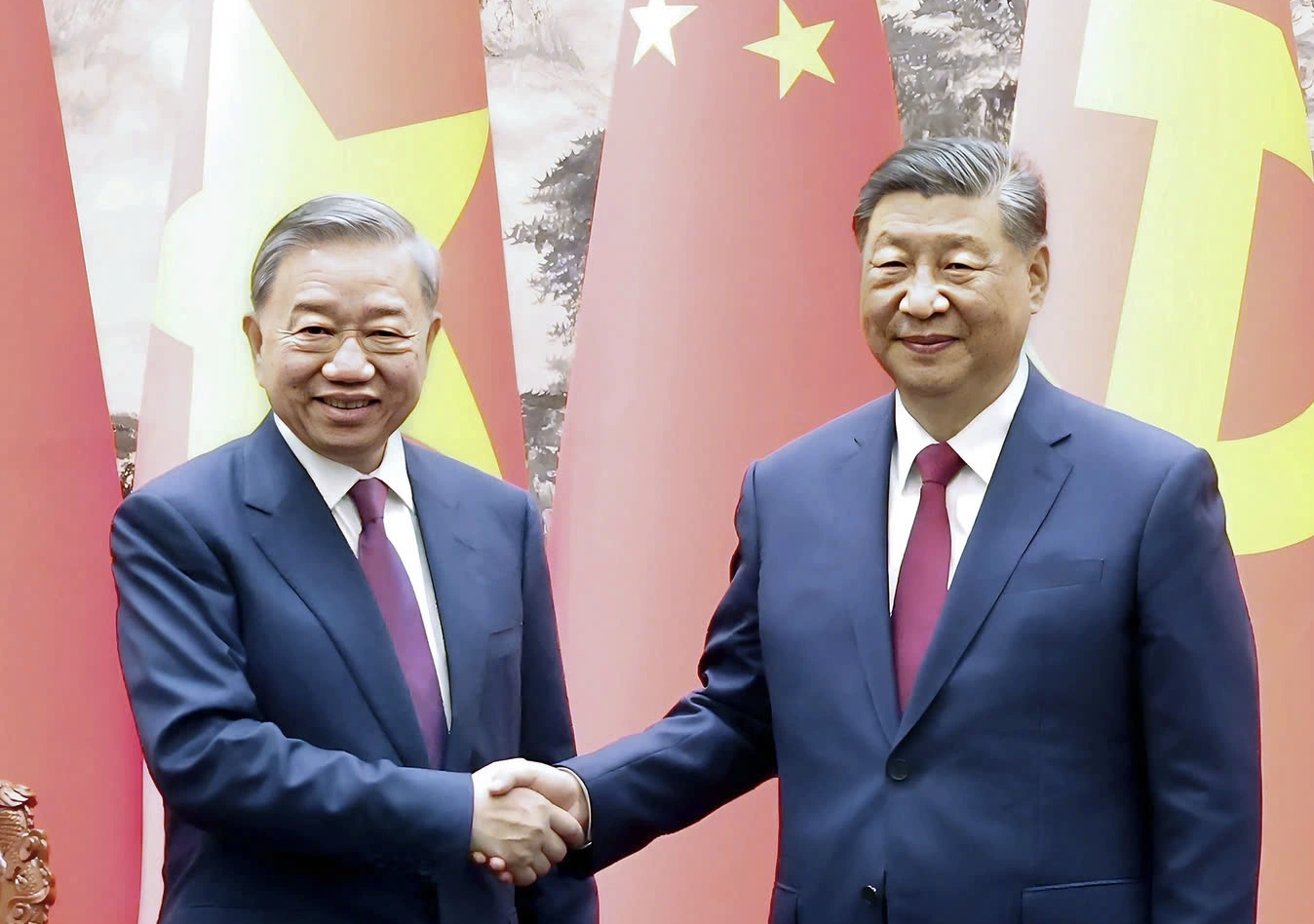


























Comment (0)